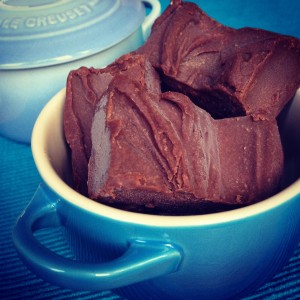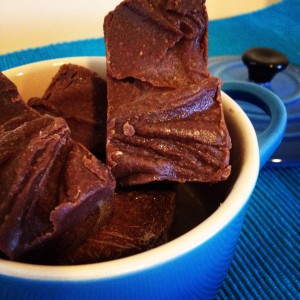 I’ve long been fascinated by the mind-body connection and the role of the thoughts and feelings in illness. As a nutritional therapist it isn’t always the first place my attention goes, however recently, triggered by an episode of temporomandibular joint (TMJ) disorder, or jaw pain, I have been enjoying delving into this topic further. Chronic pain is more of a societal issue than cancer, diabetes and cardiovascular disease combined.
I’ve long been fascinated by the mind-body connection and the role of the thoughts and feelings in illness. As a nutritional therapist it isn’t always the first place my attention goes, however recently, triggered by an episode of temporomandibular joint (TMJ) disorder, or jaw pain, I have been enjoying delving into this topic further. Chronic pain is more of a societal issue than cancer, diabetes and cardiovascular disease combined.
Dental Hospital
The dentist referred me to the dental hospital. They didn’t do this at first, they x-rayed me and said that nothing was wrong as far as they could see, I later found out that I could ask them to refer me to the dental hospital and then they did. The hospital were super interested in asking all about my stress levels. I had noticed that when on a meditation retreat the issue had completely resolved, temporarily, and so was open to the idea of stress but also wondered if it was even possible to live a completely stress-free existence?
Physiotherapy and the ‘issue in the tissue’
I attended a group physiotherapy class. It started with a discussion of bone & muscle strengthening exercises, exploring the full range of movement of the jaw area and gave the advice to chew on more raw carrots, nuts, and steak with the problematic side of the mouth. It then moved on to the highlighting that chronic pain is now often no longer thought to be an ‘issue in the tissue’ (I like that expression) but more of a nervous system over-sensitisation issue. Neuronal pathways that will not turn off and also become excited just by being thought about. They gave some suggestions for dealing with this (exercises) but really it seemed that research is still happening here and that it is a work in progress. Possibly there is an actual issue, but one of the nerves and not the muscles and bones.
The NHS physiotherapist explained that most pain medications won’t work for longer than a short period of time, as pain is such a vital signal for the body to be able to receive and send. The body just WON’T have this shut down and will find another way. It all sounded very exciting actually. Definitely, something to make a movie about!

The Cause of Chronic Pain
I looked into this further afterwards and found this article on pain research explaining the concept of ‘central sensitisation’:
“Pain itself often modifies the way the central nervous system works, so that a patient actually becomes more sensitive and gets more pain with less provocation…..their pain also ‘echoes’, fading more slowly than in other people.”
It’s not seen as the original cause of the pain, but can be seen as the cause of its chronicity. But why does it happen to some people and not others? This is an important question. The article says that care for chronic pain needs to soothe and normalize the nervous system and that it is important to find a practitioner who shows some ‘sensitivity to sensitivity’, meanwhile being kind to the nervous system, making life safer and gentler. Pain is, at a fundamental level, an assessment of safety.
“Centralization of pain is the process of the central nervous system’s ‘opinion’ of the situation becoming more important than the actual state of the tissues. This is not an ‘all in the head’ problem, but a ‘strongly affected by the head’ problem”
Finally, the article links to several interesting pages and resources on pain science for manual physical therapists, including this Facebook page. It advises against deliberately rough, no-pain-no-gain treatments.
Facial Acupunture & Looking for Root Cause
Meanwhile, I was also referred to the NHS Integrated Hospital for facial acupuncture. The doctor there said that I can have the acupuncture but that it won’t do much for the root cause. She suggested I read Bruce Lipton, Biology of Belief (2016 edition, updated with epigenetics) and Dr John E Sarno. Bruce Lipton has actually been on my reading list for a decade but I now hear mixed reviews about him, as to how he wonders off from theory into ‘religion’ and so I’m feeling a little cautious there, although will also dive in. I start with Dr Sarno…
Emotions: The Mind-Body Connection
I watched (well listened to) a documentary about Dr Sarno‘s work ‘All the rage’ and also found an interesting App, Curable, based on his work – which starts with a free lecture on the topic. I can buy the books, but would prefer to read a review or something more concise.
Dr Sarno’s basic premise is that the mind and body are deeply connected and that repressed emotions will be expressed through the body as pain. Whilst this isn’t a new idea to me, it has highlighted that this isn’t a place where I have been recently looking for issues like jaw ache, period pains or gut pain. I have instead been looking at hormones, the microbiome etc – even more recently the nervous system. Dr Sarno particularly emphasises the need to look at lingering childhood emotions. Yes….that old chestnut.
But what to do with these? I can identify a lot and bring it up – but then what? How to soothe that inner little child. Mine is called Fred by the way. I guess I should get the audiobook…
Hypnotherapy
The NHS Integrated Health doctor also recommended hypnotherapy and I am experimenting with this. Along with keeping up yoga, meditation etc.
Also recommended by a social worker / family therapist friend:
- Bessel van der Kolk’s “The body keeps the score” is good on the science and treatment side of things.
- Michael Brown – “The presence process” Curing chronic pain by accessing repressed emotions through breathwork. 10 week programme. Powerful and full of wisdom.
Somatic experiencing?
To be updated……


 Our bodies need emotional wellbeing as well as nutritional fuel and so sometimes I focus on this side of life too. Recently
Our bodies need emotional wellbeing as well as nutritional fuel and so sometimes I focus on this side of life too. Recently 
 Grass-fed, Organic, Pasture-for-Life? How do these terms differ when talking about meat? In the UK, the words ‘grass-fed’ can be used to describe food (beef, lamb, milk, cheese, etc) from cows that have spent only part of their life grazing in the fields or eating dried grass. The rest of the time they will have been fed other less natural feeds, such as cereals or food-manufacturing waste (often from bread and biscuits).
Grass-fed, Organic, Pasture-for-Life? How do these terms differ when talking about meat? In the UK, the words ‘grass-fed’ can be used to describe food (beef, lamb, milk, cheese, etc) from cows that have spent only part of their life grazing in the fields or eating dried grass. The rest of the time they will have been fed other less natural feeds, such as cereals or food-manufacturing waste (often from bread and biscuits).
 To celebrate successfully making it through 28 days of The Low Fodmap Autoimmune Paleo (AIP) elimination reset, I thought I would do a little AIP baking.
To celebrate successfully making it through 28 days of The Low Fodmap Autoimmune Paleo (AIP) elimination reset, I thought I would do a little AIP baking.
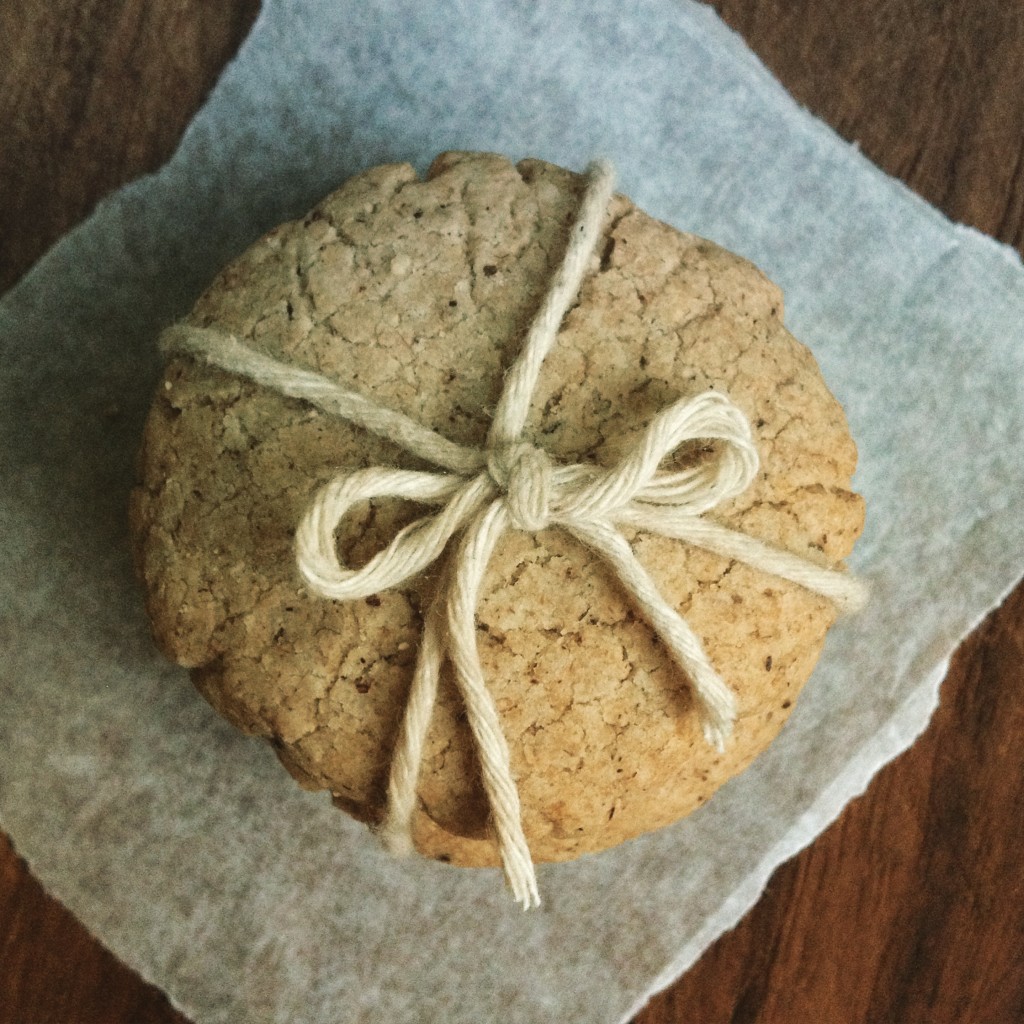
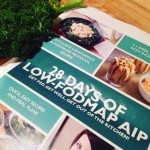 I’ve been warming up over November and December, getting my head around what I can eat and not eat, trying out different recipes, then happily forgetting (mostly) all about it over the Christmas and then also the New Year family celebrations… but now its January 2nd; time to go with the Low FODMAP Autoimmune Paleo (AIP) 28 day protocol.
I’ve been warming up over November and December, getting my head around what I can eat and not eat, trying out different recipes, then happily forgetting (mostly) all about it over the Christmas and then also the New Year family celebrations… but now its January 2nd; time to go with the Low FODMAP Autoimmune Paleo (AIP) 28 day protocol.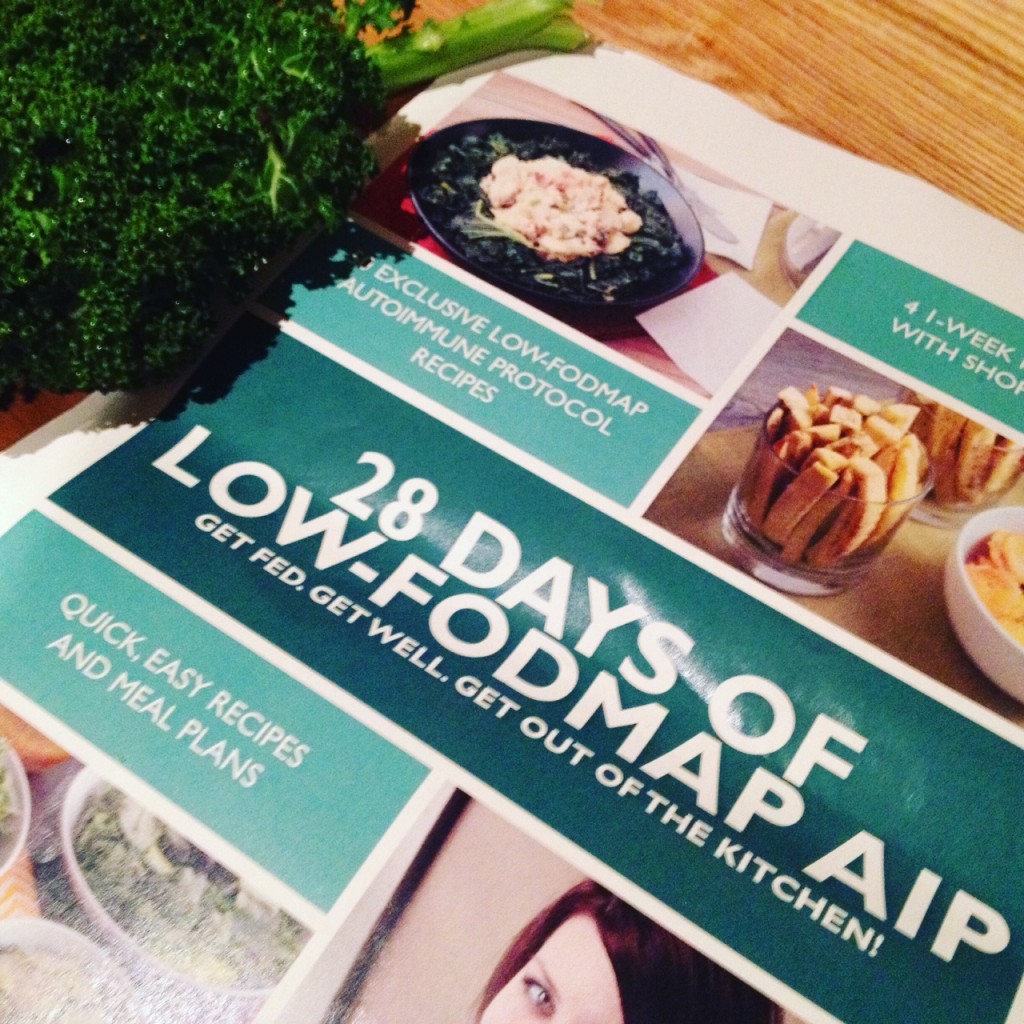
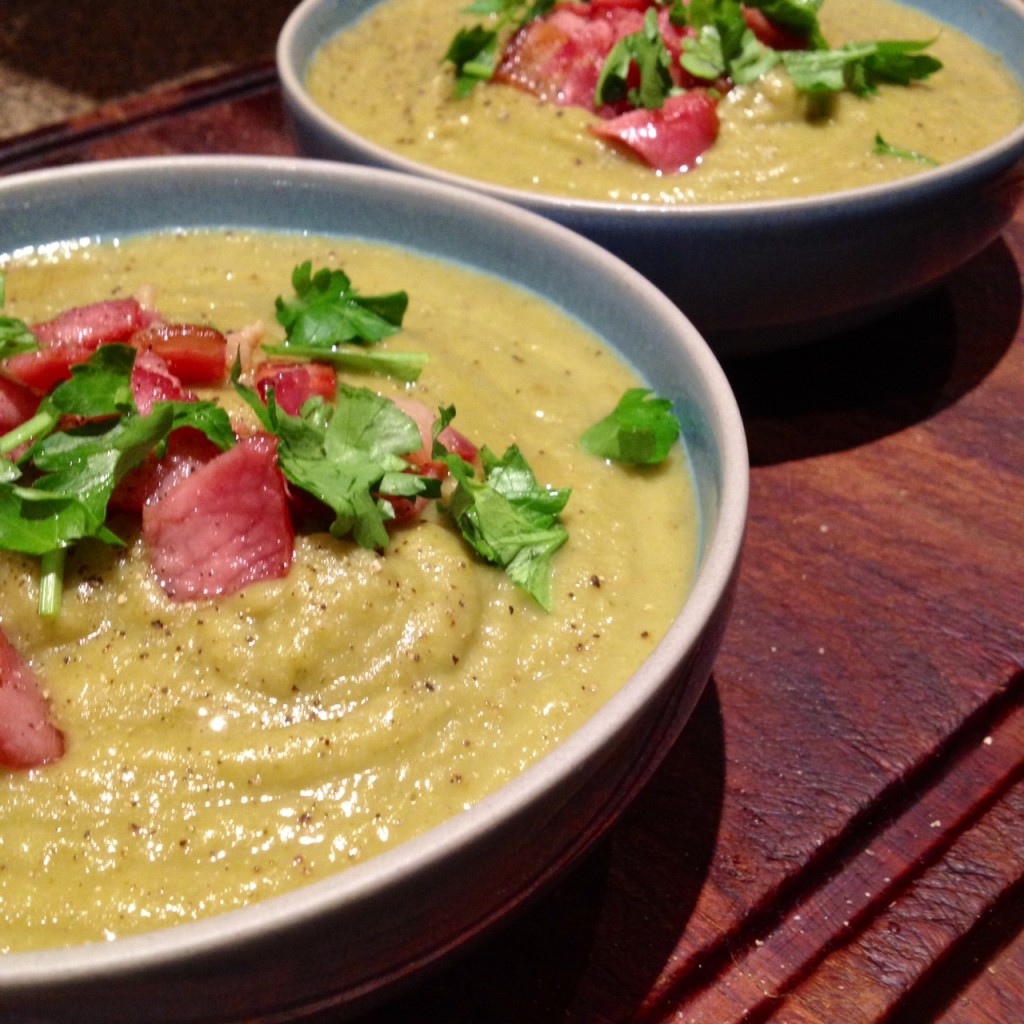
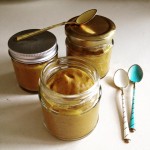
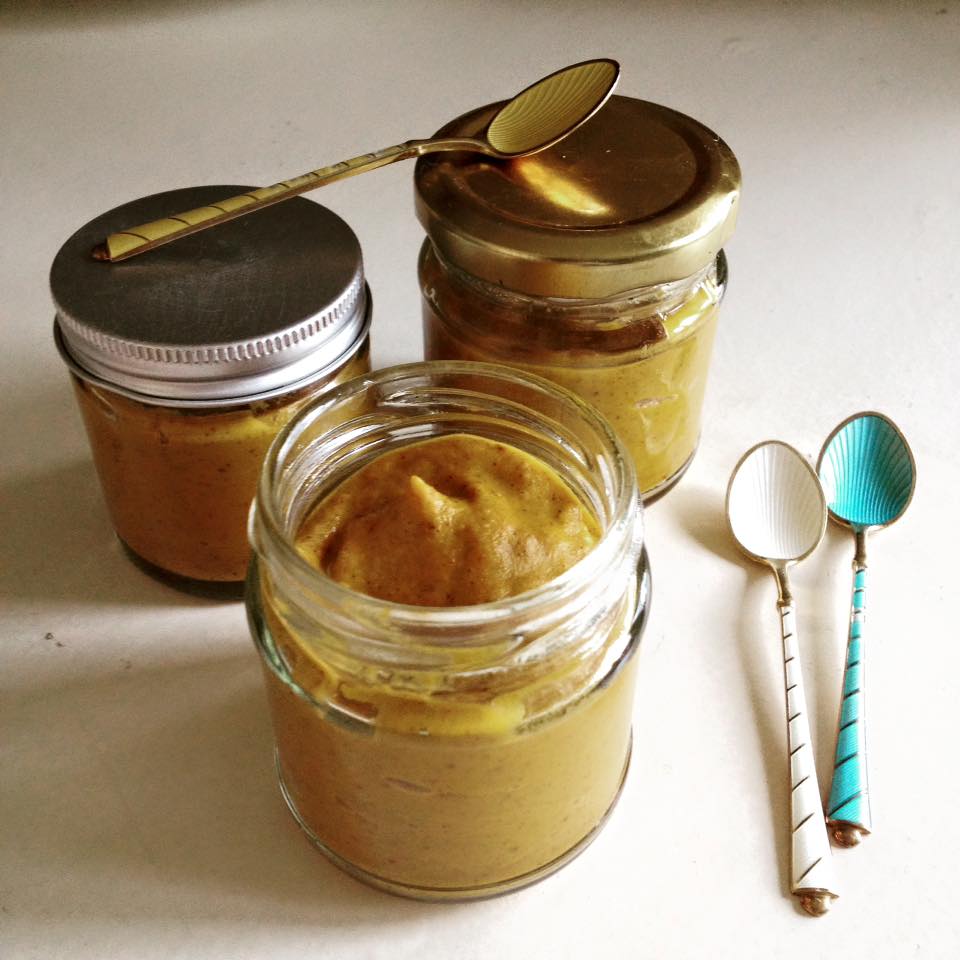
 “On hearing fermented foods were in Vogue, Susie Rushton dusted off her kilner jars and stocked up on kimchi”. In ‘Spoilt Rotten’ Susie tells how she came to visit nutritional therapist Katie Clare to learn how to make “fluffy, sour, crunchy, mildly effervescent and coloured a pale aqua-green” sauerkraut and also shares Katie’s recipe. …
“On hearing fermented foods were in Vogue, Susie Rushton dusted off her kilner jars and stocked up on kimchi”. In ‘Spoilt Rotten’ Susie tells how she came to visit nutritional therapist Katie Clare to learn how to make “fluffy, sour, crunchy, mildly effervescent and coloured a pale aqua-green” sauerkraut and also shares Katie’s recipe. …  Follow me on
Follow me on  Yesterday evening’s sauerkraut-making session somehow managed to transition into making a martini, but still in collaboration with beneficial bacteria! The main ingredient in this cocktail is organic whey, the tart tasting, lactobacilli -rich element of yoghurt or kefir.
Yesterday evening’s sauerkraut-making session somehow managed to transition into making a martini, but still in collaboration with beneficial bacteria! The main ingredient in this cocktail is organic whey, the tart tasting, lactobacilli -rich element of yoghurt or kefir. This treat of a recipe is not sweet as such, but the ingredients still melt in the mouth in that glorious chocolatey way. If you are happy to eat cashew nut or coconut butter from the spoon, and are looking to substantially reduce your sugar/sweetener intake, then this could be heaven in a moment for you!
This treat of a recipe is not sweet as such, but the ingredients still melt in the mouth in that glorious chocolatey way. If you are happy to eat cashew nut or coconut butter from the spoon, and are looking to substantially reduce your sugar/sweetener intake, then this could be heaven in a moment for you!